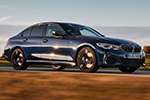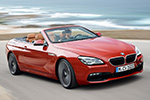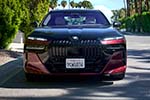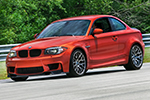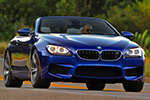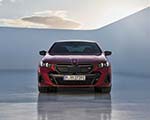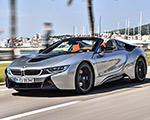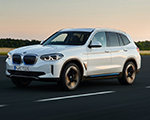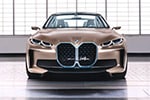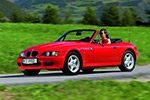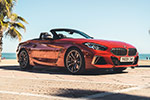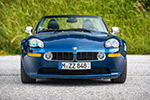BMW laid the foundation stone at the Debrecen factory in June 2022. A little over three years later, the iX3 is already rolling off the assembly line. Series production began last month and, once fully ramped up, the plant will build up to 150,000 vehicles annually. To show where all the magic happens, a new behind-the-scenes video goes deep inside the Hungarian site.
As you’d expect from an ultra-modern facility, the iX3 is assembled by an army of robots working alongside a team of highly trained specialists. BMW’s first factory in Central Europe has nearly 1,000 industrial robots in the body shop alone. As for the human workforce, the company says it has created more than 2,000 direct jobs at the site.
Robots and humans together can build up to 30 vehicles per hour, all of them the iX3 50 xDrive. Cheaper and more expensive variants will follow, starting with all- and rear-wheel-drive “40” versions and continuing with M Performance and full M models. The hotter ones are likely to be offered exclusively with xDrive, with the flagship M potentially delivering up to 800 hp.
Looking ahead, Debrecen is unlikely to remain a one-model factory for long. It would make sense for the recently spotted iX4 to be produced at the same site, as it’s essentially the same vehicle beneath a more steeply sloped roofline.
Although Debrecen currently has exclusivity on iX3 production, that’s about to change. BMW is already teasing a long-wheelbase version for China, which will be built at the Shenyang plant from mid-2026. Additionally, the Neue Klasse vehicle slated for San Luis Potosí from 2027 is widely expected to be the standard-wheelbase iX3.
For a better grasp of BMW’s manufacturing footprint, it’s worth noting the company operates no fewer than 33 production and assembly plants worldwide. The most prolific site last year was Spartanburg, South Carolina, with 396,117 vehicles. Dadong in China followed with 343,973 units, just ahead of Regensburg, Germany, with 342,521. Debrecen was predictably last on the list, with only 92 vehicles, all pre-production prototypes.



































